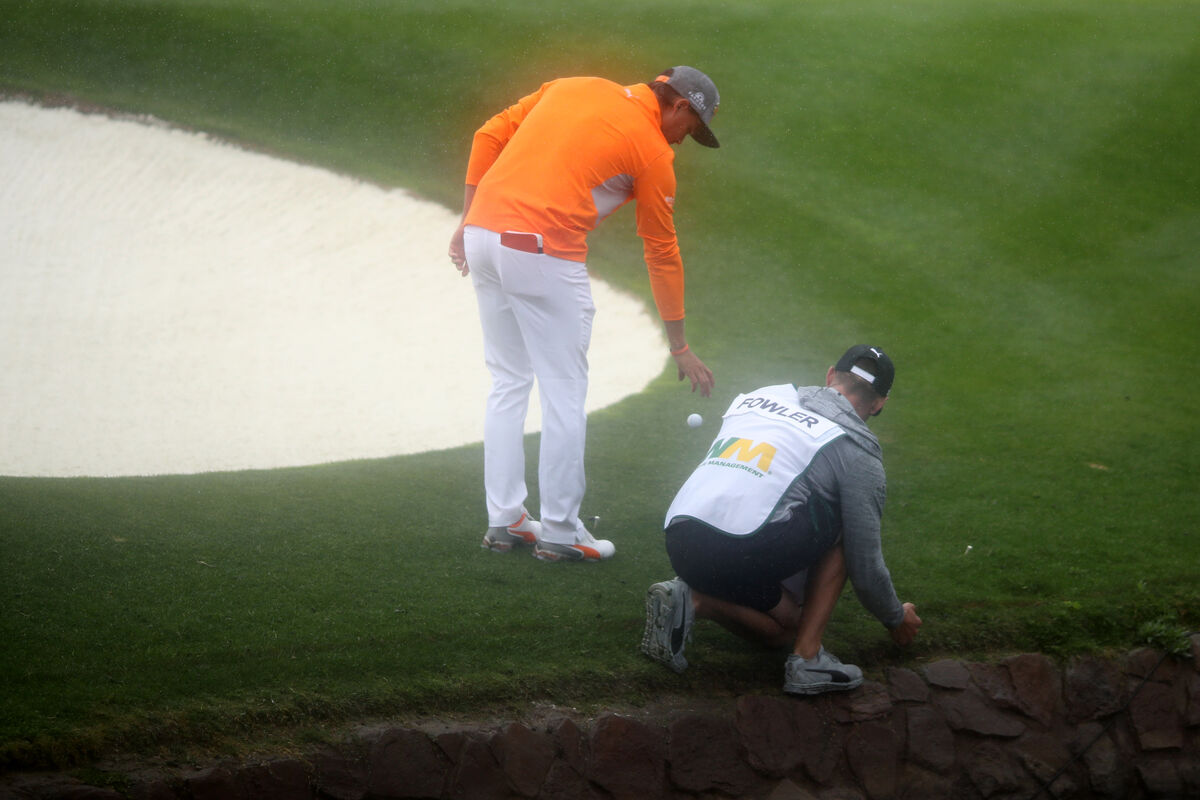Golf’s Rule Changes for 2023: What You Need to Know

The USGA announced five key Rule changes for 2023 that might affect your game. The changes include a modification for players with disabilities, a change to the Rules for using damaged golf clubs, what happens when natural forces move a golf ball, a new way to drop, and a scorecard alteration. Review these changes and make sure you’re playing within the official Rules of Golf.
USGA’s Five Key Changes
Here are the five key Rule changes from the USGA, as of January 1, 2023. The common theme among the five changes is an emphasis on inclusion and forgiveness.
Handicap on Scorecard
Old Rule: In stroke play, you could be penalized by a tournament committee or playing partners if you didn’t have your handicap noted on your scorecard.
New Rule: Your handicap is now determined and verified by the tournament or committee. You will not be penalized for failing to note your handicap on your scorecard.
This was an archaic Rule that needed to be changed. With the rise of scorekeeping apps and digital scorecards in golf carts, there is less and less necessity for paper and pencil. If players choose to keep score on a standard scorecard, they can do so without noting their handicap. It is now the committee's responsibility to make sure every player's handicap is accurate.
Accommodations for Disabled Players
Old Rule: Modified Rules for players with disabilities were local Rules, and each tournament or committee could choose whether to use them.
New Rule: Modified Rules for players with disabilities are now included in the USGA’s Rules of Golf, which means they are always in effect.
The number of golfers with disabilities continues to grow each year, and proper access to the game has become a huge area of emphasis within golf. With this Rule change, local tournaments must now follow the USGA’s guidelines to accommodate players with disabilities. This includes players who need help with balancing their stance or with alignment.
Back-On-Line Relief
Old Rule: You hit a ball into a penalty area and you must drop back on the line between the hole and where your ball entered the penalty area. On uneven ground, a ball that would not stay in the relief area (one club length on either side of the line) would cause an unnecessary delay to executing the drop.
New Rule: When you drop a ball back on the line, it can move up to one club length from the spot in any direction, including closer to the hole.
Another good change from the USGA. Especially in competitive play, dropping and re-dropping a ball on a pesky lie in order to comply with the Rules can take way too much time. This adjustment allows for the ball to move after you drop it, within a reasonable amount of space (one club length), including closer to the hole.
Ball Moved by Natural Forces After Taking Relief
Old Rule: If natural forces moved your ball into the water or out of bounds, you pay the unfortunate consequence of where it ended up.
New Rule: The new Rule gives more forgiveness in situations when after taking relief, natural forces, such as wind, move a golf ball into any other area of the course, such as a penalty area, you simply place the ball in its original spot with no penalty.
This Rule came into question (and under fire) at the 2019 Waste Management Open when Rickie Fowler dropped a ball, walked towards his target for a better look at the green while his ball rolled into the water. He had to take the additional penalty as if he hit the ball into the water. It highlighted a flawed Rule and the USGA fixed it.
Replacing a Damaged Club
Old Rule: Replacing a damaged club is not allowed after you tee off.
New Rule: You are allowed to replace a damaged club, as long as you didn’t break it on purpose or from abuse. For example, if the face of your driver cracked, you can now replace the driver. However, if your driver snapped in half because you threw it at the nearest tree, you cannot replace it.
Most amateur players don’t have spare clubs in their trunk, but if you do, you can now head to your car and replace a damaged club. There have been several instances on tour where a player has had to finish a round with a 3-wood off the tee, this fix addresses those inadvertent situations.
Change With the Times
If the above Rules seem to apply to you, the changes are likely positive and welcomed on your end. It appears as if the USGA is listening to golfers of all abilities and is open to modernizing the Rules more than in the past.